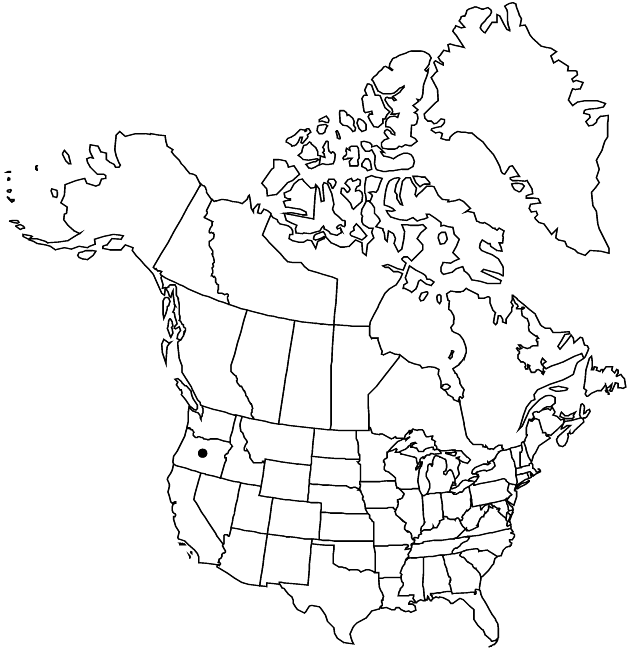Chaenactis nevii
Proc. Amer Acad. Arts 19: 30. 1883.
Plants 10–30 cm; proximal indument greenish to grayish, stipitate-glandular and, sometimes, sparsely arachnoid or villous. Stems mostly 1–3; branches mainly distal. Leaves basal (withering) and cauline, 2–5 cm; largest blades ± elliptic, ± plane to 3-dimensional, not succulent, 1–2-pinnately lobed; primary lobes mostly 3–8 pairs, ± remote, ultimate lobes ± plane to involute. Heads mostly 3–9 per stem. Peduncles 1–6 cm, distally stipitate-glandular and, sometimes, ± arachnoid to villous. Involucres ± hemispheric to campanulate. Phyllaries: longest 6–9 mm; outer predominantly stipitate-glandular and, sometimes, ± arachnoid to villous in fruit, apices ± erect, acute, rigid. Florets: corollas bright yellow, 4–6.5 mm; peripheral corollas ± erect, actinomorphic, scarcely enlarged. Cypselae 3.5–6 mm (compressed); pappi 0 or coroniform (of ± 10 scales, longest 0.1–0.5 mm). 2n = 12.
Phenology: Flowering late Apr–mid July.
Habitat: Nearly barren, heavy clay soils from volcanic ash and tuff, sometimes disturbed or moist sites
Elevation: 400–1000 m
Discussion
Chaenactis nevii is known from the John Day Basin area in Gilliam, Grant, Jefferson, Wasco, and Wheeler counties. This odd and isolated species combines traits of C. artemisiifolia (sect. Acarphaea) and C. glabriuscula, and might be descended from their common ancestor.
Selected References
None.
